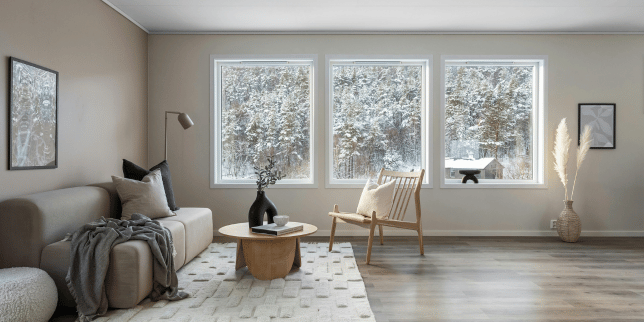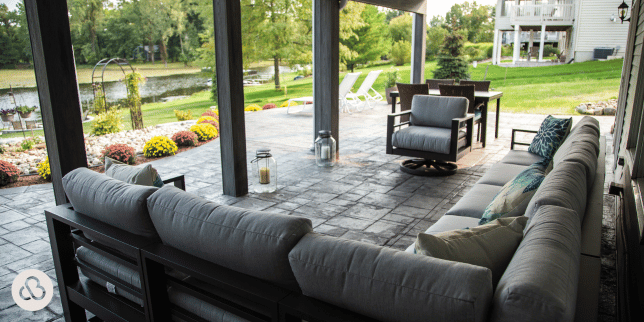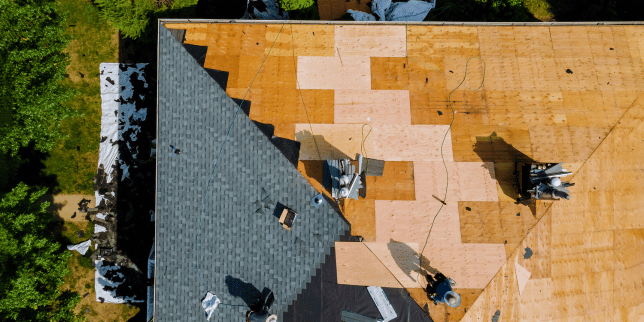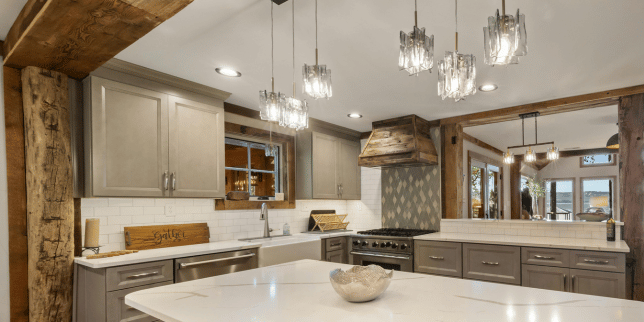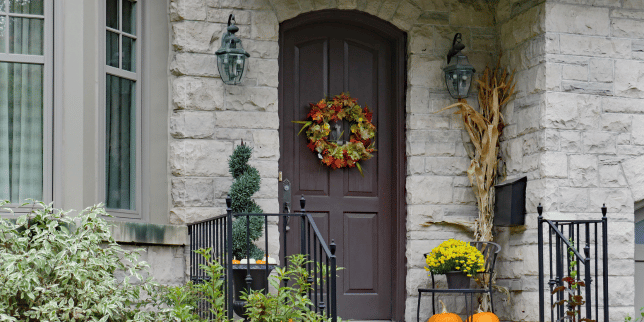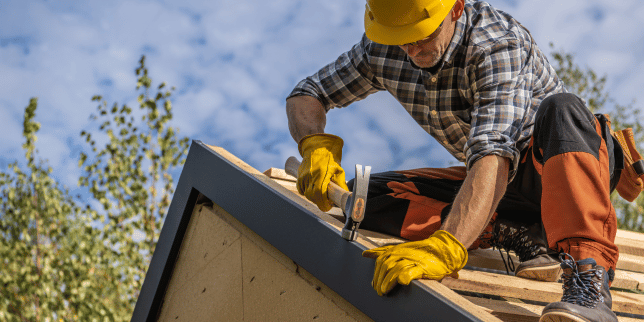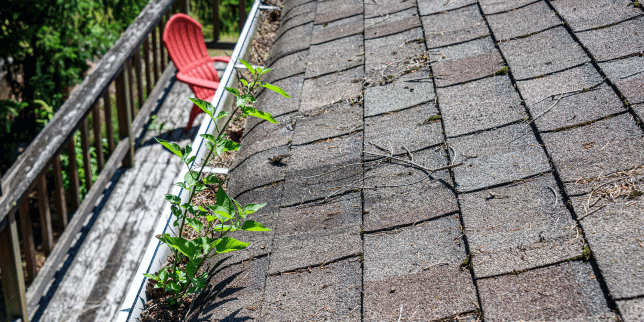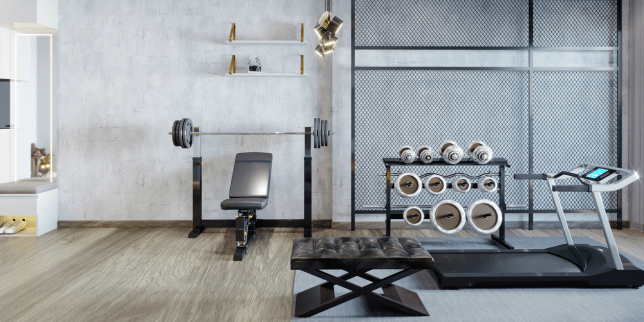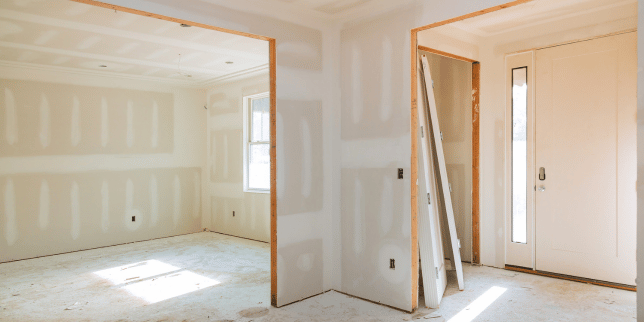The Future of Smart Homes and How it Impacts Your Remodel
July 3rd, 2023
6 min read
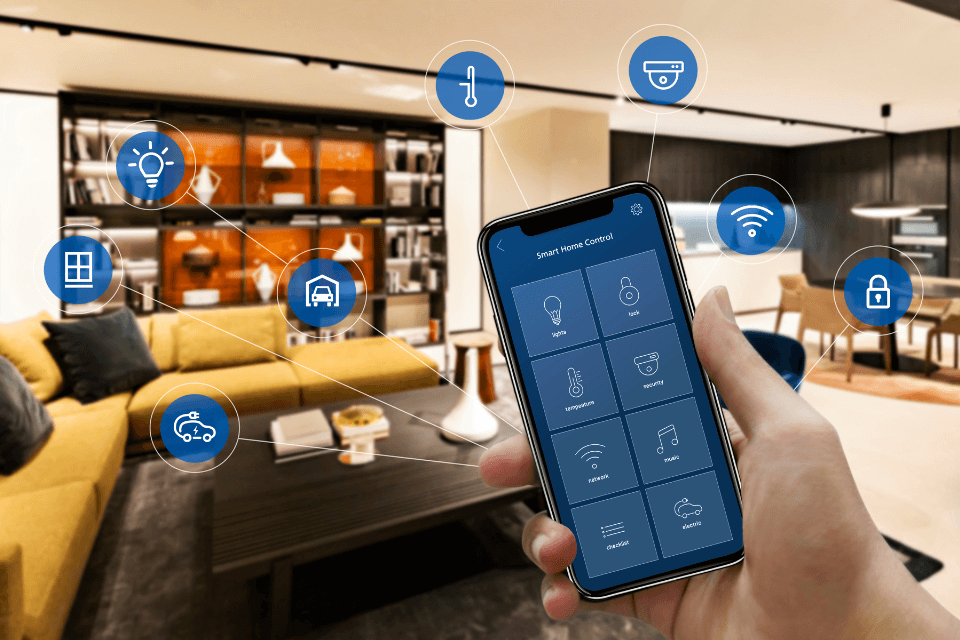
Ready to upgrade your home with the latest and greatest smart home technology but unsure of how it can truly enhance your living space? Moreover, are you skeptical about whether or not you can install these appliances and systems?
You’re not alone. While many homeowners are equipping themselves with smart home technology, there are still people who either haven’t realized the full potential of advancements in their homes or simply don’t know what’s possible.
Without this knowledge, you could be losing out on potential energy-efficient solutions or simply the convenience that this technology offers - leaving you and your home in an outdated state to show your friends and family.
Inspired by Small Business Growth Partners' insightful article, we have a few insights to help you research and demystify the possibilities and limitations of innovative home technology.
For the past 15 years, we have evolved to refine our remodeling process, using a design-build experience that elevates our clients' homes with the latest technology.
In this article, you will learn more about the future of smart home technology and how it will impact your future remodel:
Integration of Smart Home Technology in Remodeling Projects
Accommodating the current and future influx of smart home technologies, remodelers should update their practices accordingly. Here are a few ways that innovative advancements will integrate into remodeling projects:
Shift in Design Considerations
Remodeling initiatives will increasingly focus on incorporating smart home elements seamlessly into the overall design and layout as homeowners become more aware of the potential advantages.
From the beginning of the design process, architects and designers (if directed) can include components like automatic window treatments, smart lighting, and integrated control systems.
Additionally, infrastructure and wiring are frequently needed for smart home technology to connect multiple gadgets. Planning for the best feasible concealment of these electrical requirements becomes crucial throughout a remodel. Choosing the best wiring routes, hiding cables behind walls or beneath floors, and giving access points for maintenance and upgrades are key design issues.
This shift in design thought will produce homes that are aesthetically pleasing, highly useful, and technologically advanced. Here are a few more examples of how design considerations shift along with smart home technology:
- User-Friendly Interfaces: For all touch screen-controlled systems, these interfaces should be designed to be reachable and visible for you to access easily.
- Aesthetic Compatibility: All smart home technology should avoid clashing with your home’s current aesthetic. For example, your new smart home light fixtures should match closely with your existing lighting designs.
- Future-Proofing: Your smart home technology will inevitably require updates over the course of its lifespan. To accommodate this maintenance, we recommend installing flexible wiring and wireless systems that are easily accessible for your future upgrades.
Enhancing Energy Efficiency
Going green just got more efficient and easy to track.
As 21st Century technology advances, homeowners need to be continuously aware of energy consumption. Gone are the days of analog meters measuring our home's usage; digital technology is now a more reliable solution.
More homeowners are investing in eco-friendly options such as solar panels to power their homes (some are equipped with apps where you can track your consumption in real-time).
Additionally, homeowners are looking into more cost-effective and green solutions ranging from voice-controlled/sensor-supported thermostat control to water usage monitoring. For instance, that can include well-insulated zone heating for various rooms and your garage (perfect for thawing ice off your car in the morning).
Let’s take a closer look at energy-efficient technology you can install in your home:
- Smart Lighting: Smart lighting systems can make it simple to manage the lighting in your house. Smart lighting fixtures or energy-efficient LED smart bulbs can take the place of conventional incandescent lamps. Additionally, you can set up timers for specific lighting periods to accommodate your needs and save electricity.
- Energy-Efficient Appliances: By altering settings depending on usage patterns and load requirements, smart appliances like refrigerators, washing machines, and dishwashers are built to maximize energy usage.
- Smart Window Treatments: Homeowners can reduce their reliance on artificial lighting and HVAC systems by controlling natural illumination and shading through smart window treatments. By reducing natural light and heat gain, smart window treatments like motorized shades or blinds increase energy efficiency.
Focus on Security
The smart home security technology of the future has the potential to change the way you design your home completely. Homeowners are emphasizing security and safety more as smart homes become widely used. Your future remodel will be significantly impacted by the rising need for high-tech security measures, changing it in several ways, including:
- Automation and Monitoring: Installing automated security systems, such as scheduled lighting, remote monitoring of security cameras, and intelligent sensors for detecting unwanted access or odd activity, will require remodelers to accommodate such technologies with their projects.
- Enhanced Access Control: Homeowners can use smartphone-controlled locks, biometric verification, or keyless entry systems. Remodeling projects will need to consider the installation and integration of these access control systems, including ensuring that smart locks have the proper wiring and communication.
- Integration of Advanced Security Systems: These systems will include smart surveillance cameras, motion sensors, smart doorbells, and facial recognition technologies in addition to conventional alarms and locks. Remodeling experts must consider how these devices will be incorporated into the design to provide optimal coverage and flawless operation.
Home Entertainment and Automation
Imagine asking your voice control device to play your favorite movie. The lights dim automatically…the popcorn you put in the microwave is now in the works. And your couch magically reclines to just the right angle.
AI voice control systems have also evolved to the point where it can proactively anticipate your shopping and entertainment needs - signaling that your groceries are running low or that it’s time for your weekly Friday night pizza.
As voice control devices continue to evolve with smart homes, the movie and entertainment experience of a lifetime is just around the corner. Here are a few other ways home entertainment and automation will develop and how remodeling experts will have to adapt:
- Enhanced Gaming Experiences: High-performance displays, immersive sound systems, and cutting-edge gaming consoles or PCs will be in dedicated gaming rooms or sections. Remodeling experts will concentrate on building the optimal gaming atmosphere while taking into account elements such as connectivity for online gaming and acoustics, lighting, and other issues.
- Home Office and Multi-Purpose Spaces: Remodeling projects will address the need for home office spaces with integrated audiovisual capabilities as remote work and virtual meetings become more common. For professional communication, home offices will have video conferencing equipment, excellent microphones, and cameras.
- Whole-Home Audio and Video Distribution: Whole-home audio and video distribution systems are a popular element of smart homes, enabling residents to enjoy their preferred audio and video material in any part of their house. To provide smooth audio and video distribution, remodeling projects add infrastructure such as in-wall or in-ceiling speakers and wiring.
Retrofitting Existing Homes with Smart Home Technology
With all of these upgrades, it's easy to think, "I just don't think it's possible to add any smart home devices with the current layout and age of my home."
Fortunately, your smart home goals can be achieved, supported by professional remodelers and their years of build experience. With any remodeling project, however, it's important to realize that just because you can retrofit your home doesn't mean you should.
Depending on the capabilities of your home, here are a few factors to consider before committing to a full-scale installation:
Wireless vs. Wired Systems
Whether the smart home equipment uses wireless or wired connections is one of the key elements affecting how simple a retrofit will be. Smart speakers, smart plugs, and smart lighting are wireless systems that are typically simpler to install because they don't require major rewiring.
These gadgets typically link to your Wi-Fi network and can be installed without requiring major infrastructure changes in the house.
On the other hand, some older homes may be unable to satisfy the demands of contemporary smart gadgets due to inadequate electrical cabling or antiquated electrical systems. In that case, the infrastructure would require substantial rewiring, electrical circuit additions, and electrical panel updates, which can be time-consuming and expensive.
Compatibility and Integration
Compatibility and integration between multiple devices and systems become crucial factors when retrofitting a home with smart home technology. Homeowners must make sure the smart devices they select can communicate with one another and function as a cohesive system.
It's essential to choose gadgets that work with current platforms, like popular voice assistants or smart home automation systems.
Another great example of seamless compatibility and integration is smart home thermostats. Designed to mirror and fit standard thermostat wiring, this system can be easily installed with few issues.
Scalability and Expandability
Adding smart technology to an existing home provides the chance to start small and grow the system over time. Homeowners can start with basic appliances like smart speakers or thermostats before introducing more sophisticated functions like HVAC automation or motion-sensed lighting over time.
This strategy makes the retrofitting process simpler and more seamless because homeowners may identify and address any difficulties or constraints.
The Role of Remodeling Professionals in Smart Home Integration
The remodeling industry has grown to serve our clients' design and build goals - bringing a sense of completion and satisfaction to every project.
If you’re looking for a smart-technology-aligned contractor for your next remodel, find someone who:
- Collaborates with smart home technology providers and manufacturers: LG is one of the leading manufacturers of smart home appliances. Therefore, they have the nuanced expertise to educate remodelers on proper installation techniques.
- Stays updated: The industry must recognize and accept that today's homeowner is already buying into the future. Search for a contractor who is enthusiastic about learning the latest smart home trends and products to understand and complete successful builds with zero installation errors.
- Thinks ahead: With the first two characteristics in mind, look for a contractor who will remodel your home with the future in mind. Specifically, vet your candidates on their wiring/electrical knowledge, and whether or not they have the expertise to install any of the exciting smart home technologies in this article.
Next steps to smart home technology installation
After years of evolving and rising in popularity, smart home technology is a viable remodeling option that can enhance your everyday life. Through a reliable and forward-thinking contractor, you can install energy-efficient systems that also bring convenience and trending products into your home.
As a premier home remodeling company in the Mid-Michigan area, we have years of experience designing and building beautiful home spaces that leave a memorable impression - strengthened by the latest advancements in smart home technologies.
To learn more about eco-friendly home solutions and the benefits of installing smart appliances, read the following articles:
Michael brings over 2 decades of building and remodeling experience to his position as the Owner and Visionary of Custom Built. Michael’s passion to make an impact on the home building industry has led him to serve for over ten years at the local and state Home Builders Association, culminating as President of the HBA of Michigan in 2020.
Topics:


















